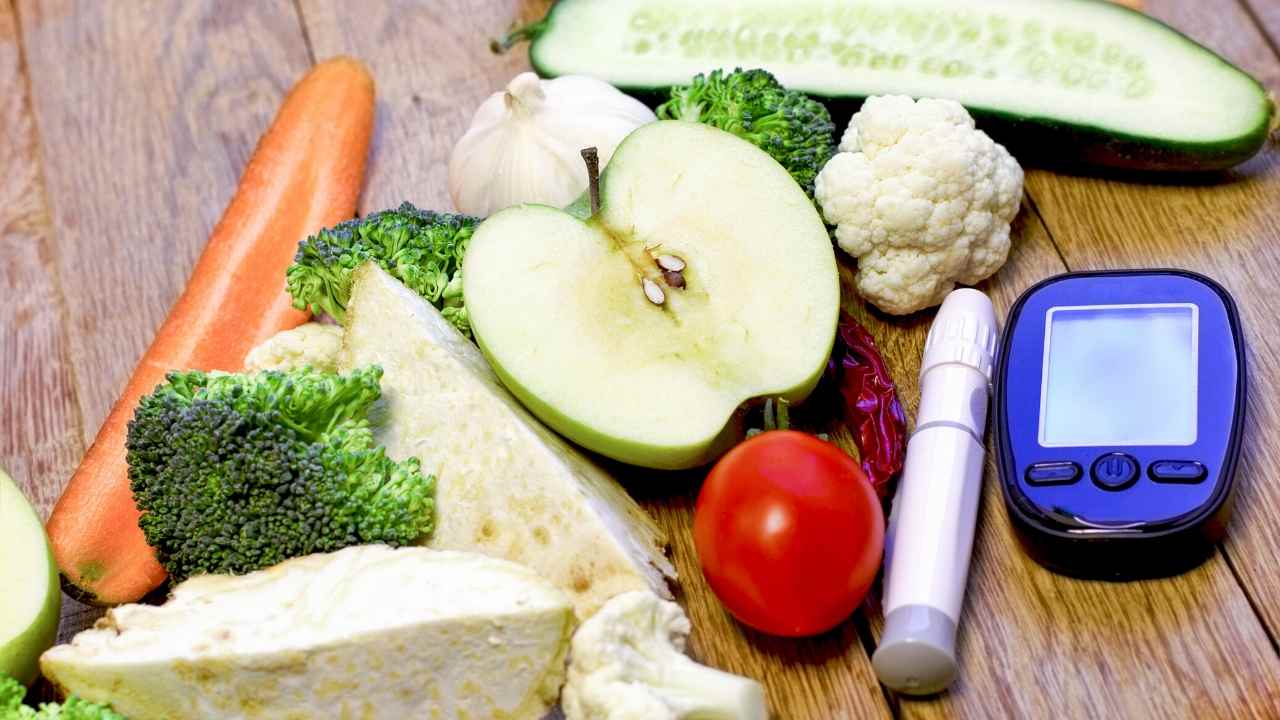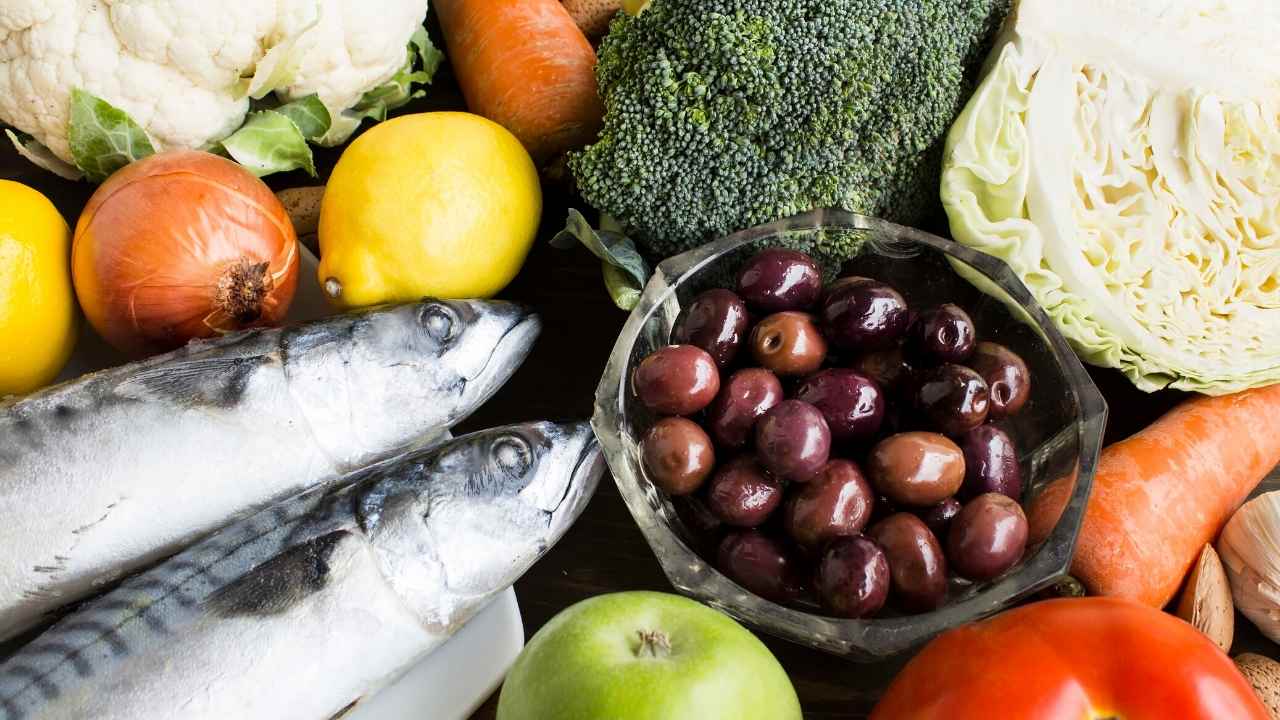
The best way to fight stress is to eat well. Although many people resort to unhealthy ways of dealing with stress, there are many foods that can help improve your mental health and your body's ability for managing stressful situations. These are the top choices to help reduce stress and boost your overall wellbeing. Oatmeal, with its complex carbohydrates, is a popular choice. It helps to stabilize your blood sugar. Oatmeal also releases serotonin, which enhances your feelings of calmness and relaxation. For more vitamin C, you can add raisins and apples.
Avocado is another great food for stress relief. It's rich in anti-inflammatory and can reduce your desire to overeat. Loma Linda University conducted a study that found half an avocado could reduce appetites by 40%. By feeling full, you'll have fewer cravings and can ward off stress-induced overeating. These foods are low in calories, high in nutrients and can boost your mood.

For a sweet treat, try a yogurt parfait. A yogurt parfait is a healthier option to ice cream and can keep you satisfied longer. Don't forget chocolate. There has been a link between dark chocolate and lower levels of stress hormones. Similarly, nuts have been proven to help boost your immune system. The final thing is that dark chocolate may lower stress-related hormonal levels. These foods can all be good choices to reduce stress and improve your mental health.
Magnesium is a key ingredient in artichokes, helping to regulate stress response. They are also rich in fiber and prebiotics which help with digestion. Artichokes are an excellent choice for people who want to lower their stress levels because of their high intake of omega-3 fatty acids, zinc, and fiber. By incorporating these foods into your daily diet, you'll see results in no time. You'll feel relaxed and less stressed.
Avocados have many health benefits. Avocado is one the easiest fruits you can add to your diet. It also provides stress relief. You can eat this fruit with either a fork and a spoon. A few sliced avocados mixed into oatmeal can reduce your stress levels and boost your health. Its high-fiber content and smooth texture make it an excellent snack that can reduce stress.

Warm milk is a traditional way to relieve stress. It contains Lactium, a protein that instantly has calming properties. It is also a good way to combat stress. It makes a wonderful vegan snack. It's rich in calcium and Omega-3 fatty acid, which are vital for a healthy mind. This makes it one of the best foods for stress relief.
FAQ
What are 10 healthy lifestyle habits?
-
Eat breakfast every day.
-
Don't skip meals.
-
You should eat a balanced diet.
-
Get plenty of water.
-
Take care your body.
-
Get enough sleep.
-
Avoid junk food.
-
Do some type of exercise daily.
-
Have fun
-
Make new friends
What is the best way to live a healthy lifestyle?
Healthy lifestyles include eating healthy food, regular exercise, good sleep, and avoiding stress. If you follow these guidelines, you will be able to lead a long and healthy life.
It's easy to start small with your exercise and diet. You can lose weight by walking 30 minutes each day if you are looking to lose weight. You can also take up dancing or swimming if you are looking to be more active. You could also sign up to an online fitness platform like Strava, which tracks your activity.
How does weight change with age?
How can you tell if your bodyweight has changed?
Weight loss occurs when there is less fat than muscle mass. This means that you must consume more calories than you use daily. Reduced activity is the leading cause of weight gain. Other reasons include poor eating habits, stress, hormone imbalances, certain medications and illness. If there is more body fat than muscle mass, then weight gain can occur. It happens when people eat more calories than they use during a given day. Common reasons include overeating, increased physical activity, and hormonal changes.
The primary reason we lose weight is that we consume less calories than what we burn. Exercise regularly increases your metabolism rate, which allows you to burn more calories every day. But this doesn't guarantee that we'll lose weight. All that matters is whether we're losing weight or gaining muscles. If we are burning more calories than what we eat, then we will lose weight. But if we're consuming more calories than we're burning, then we're actually storing them as fat.
As we age, we become less agile and don't move as often. We also tend eat less than we used to. This is why we tend to gain weight. On the other hand, we have more muscle mass and look larger than we actually are.
Without regularly weighing yourself, it is impossible to gauge how much weight you have lost. There are many methods to measure your weight. You can gauge your waist size, hips, hips, thighs and arms. Some prefer to use bathroom scales, while others prefer tape measures.
Track your progress by measuring your waistline and weighing yourself every week. You can also take photographs of yourself every few years to track how far your progress has been.
You can also find out how much you weigh by looking up your height and weight online. For example, if you're 5'10" tall and weigh 180 pounds, you'd probably weigh 180 pounds.
What is the problem of BMI?
BMI stands to Body Mass Index. It is a measurement of body weight based on height. BMI is calculated using the following formula:
Add weight in kilograms to height in meters squared.
The result can be expressed as a number between zero and 25. A score of 18.5 or higher indicates overweight, while a score of 23 or higher indicates obesity.
A person who weighs 100 kilograms and is 1.75m tall will have an BMI of 22.
How can I control my blood pressure?
Find out the causes of high blood pressure first. Next, you must determine the cause and take steps to decrease it. This could include eating less salt, losing weight if necessary, taking medication, etc.
Also, make sure to get enough exercise. If you don't have time for regular exercise, then try walking as often as possible.
You should join a gym if you are unhappy with your exercise routine. You'll probably want to join a gym where there are other people who share your goals. It's much easier to follow a routine if someone is with you at the gym.
What is the difference in a virus and bacteria?
A virus can be described as a microscopic organism that cannot reproduce in another cell. A bacterium, a single-celled organism, reproduces by splitting into two. Viruses are very small (about 20 nanometers) while bacteria are larger (up to 1 micron).
Viruses are usually spread through contact with infected bodily fluids, including saliva, urine, semen, vaginal secretions, pus, and feces. Bacteria can easily be spread from direct contact to contaminated surfaces and objects.
Viruses may enter the body through cuts, scrapes. bites, or any other break in the skin. They can also enter the body through the mouth, nose, eyes and ears, vaginal, rectum or anus.
Bacteria can get into our bodies through cuts, scrapes and burns, insect bites, or other skin breaks. They may also come into our bodies through food, water, air, soil, dust, or animals.
Both viruses and bacteria can cause illness. Viruses can not multiply within the host. So they only cause illnesses when they infect living cells.
Bacteria can spread within the host and cause illness. They can infiltrate other parts of the body. They can even invade other parts of the body, which is why antibiotics are necessary to eradicate them.
Do I need calories to count?
You might be asking "What is the best diet?" or "is counting calories necessary?" Well, the answer depends on several factors including your current health status, your personal goals, your preferences, and your overall lifestyle.
The Best Diet For Me: Which One Is Right?
The best diet for me depends on my current health status, my personal goals, my preferences, and my overall lifestyle. There are many good and bad diets. Some work well for certain people while others don't. What should I do? What can I do to make the right decision?
These are the questions that this article attempts to answer. This article begins with a brief overview of the various types of diets that are available today. Next, we'll discuss the pros and cons for each type of diet. Finally, we'll discuss which one is best.
Let's begin by briefly reviewing the different types and diets.
Diet Types
There are three main types: low-fat, high-protein, or ketogenic. Let's look at each one briefly.
Low Fat Diets
A low-fat diet restricts fat intake. This is done through reducing the intake of saturated fats (butter, cream cheese, etc.) You can replace them with unsaturated oils (olive oil and avocados) Low fat diets are often recommended to those who wish to lose weight quickly. This diet can cause constipation, heartburn, and stomach problems. In addition, it may lead to vitamin deficiencies if a person doesn't get enough vitamins from their food.
High Protein Diets
High protein diets restrict carbohydrates in favor of proteins. These diets usually have higher amounts of protein than other diets. These diets can help increase muscle mass and decrease calories. However, they might not provide enough nutrition for those who need to eat frequently. They are not suitable for all people because they can be restrictive.
Ketogenic Diets
The keto diet is also known as the keto diet. They are high fat and moderately carbohydrate and protein-rich. Athletes and bodybuilders use them because they allow them more time and harder training without feeling fatigued. You must adhere to all side effects, including fatigue, headaches, nausea and headaches.
Statistics
- In both adults and children, the intake of free sugars should be reduced to less than 10% of total energy intake. (who.int)
- nutrients.[17]X Research sourceWhole grains to try include: 100% whole wheat pasta and bread, brown rice, whole grain oats, farro, millet, quinoa, and barley. (wikihow.com)
- The Dietary Guidelines for Americans recommend keeping added sugar intake below 10% of your daily calorie intake, while the World Health Organization recommends slashing added sugars to 5% or less of your daily calories for optimal health (59Trusted (healthline.com)
- According to the 2020 Dietary Guidelines for Americans, a balanced diet high in fruits and vegetables, lean protein, low-fat dairy and whole grains is needed for optimal energy. (mayoclinichealthsystem.org)
External Links
How To
27 steps to a healthy lifestyle if your family only eats junk food
The best way to eat healthily is to cook at your home. However, this is often difficult because people do not know how to prepare healthy meals. This article will offer some suggestions on making healthier dining choices at restaurants.
-
Select restaurants that offer healthy dishes.
-
Before ordering any meat dishes, order vegetables and salads.
-
Ask for sauces that aren't sweetened.
-
Avoid fried food.
-
Instead of ordering fried meats, request grilled meats.
-
Order dessert only if you absolutely need it.
-
It is important to have something more after dinner.
-
You should eat slowly and chew well.
-
Eat water.
-
Breakfast and lunch should not be skipped.
-
Have fruit and veggies with every meal.
-
Consider drinking milk instead of soda.
-
Try to avoid sugary drinks.
-
Limit salt in your diet
-
Try to limit your frequent visits to fast-food restaurants.
-
If temptation is too strong for you, invite someone to be your friend.
-
Make sure your kids don't spend too much time on TV.
-
When you are eating, keep the television off.
-
Do not consume energy drinks.
-
Take regular breaks from work.
-
Get up early and go for a run.
-
Every day, exercise.
-
Start small and progress slowly.
-
Set realistic goals.
-
Be patient.
-
Exercise even if it's not your favorite thing to do.
-
Positive thinking is important.